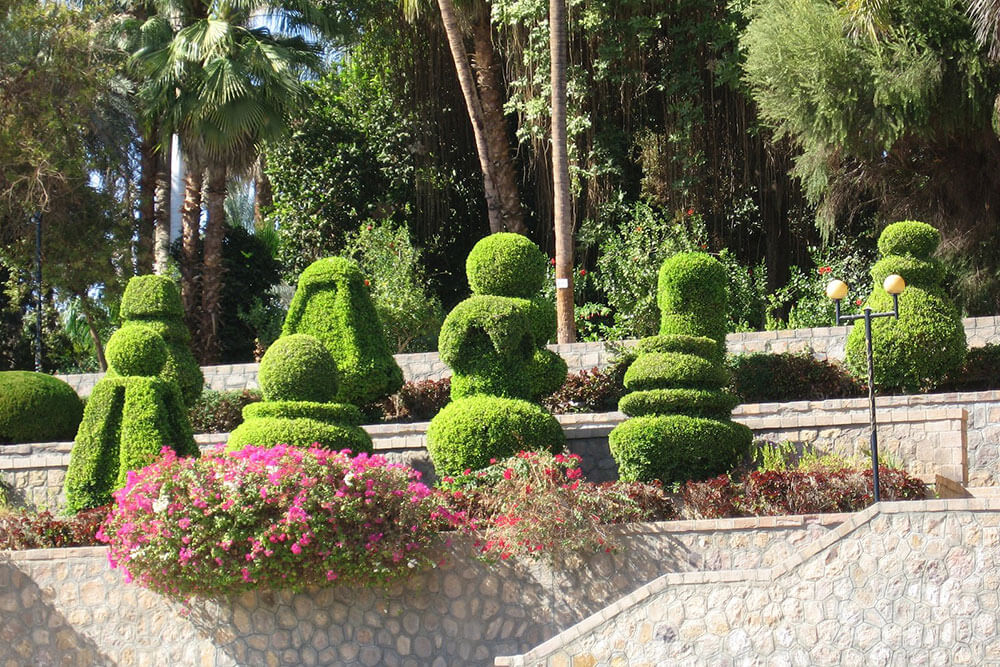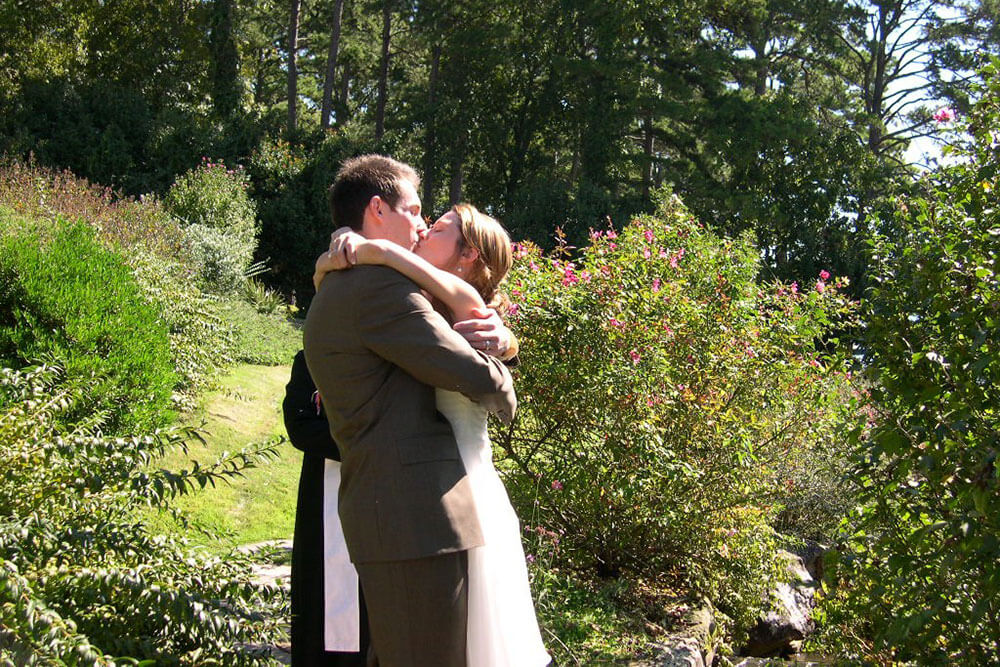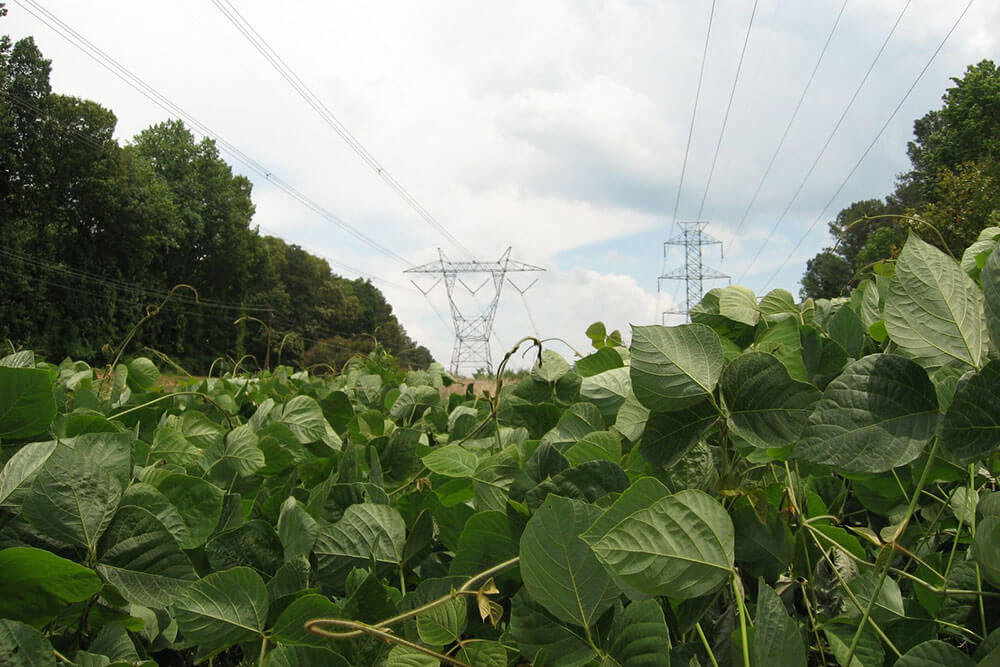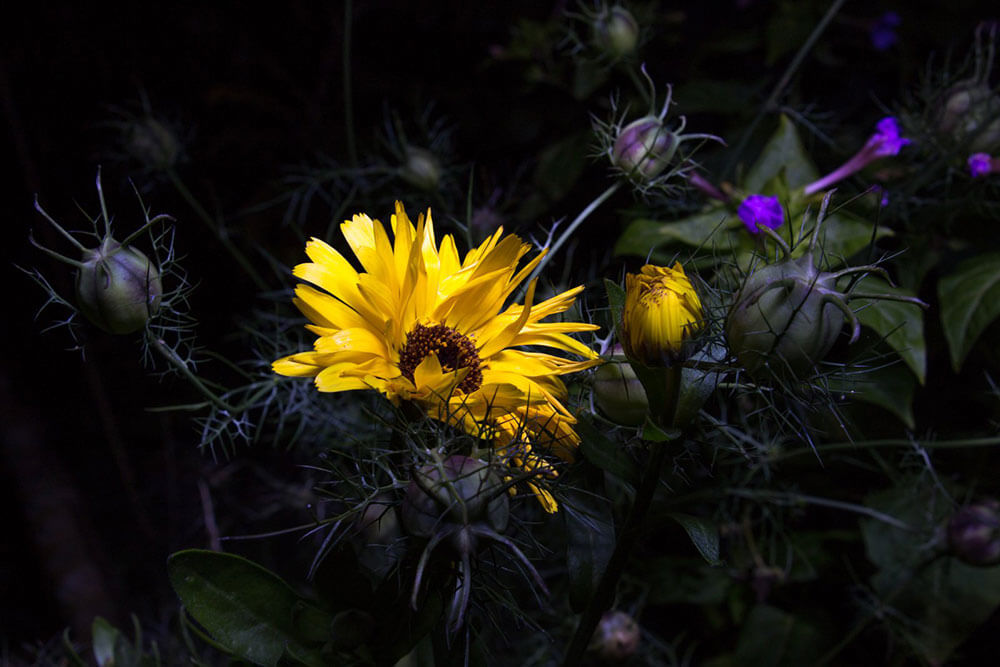If you have a yard lacking that special something that sets it apart from all the rest, there is a unique eye catcher you might want to look into. There is an endless amount of customization available, so even if someone else on your block has the same idea, the odds of coming up with the same design are almost nil. Yes, perhaps adding a topiary to your existing landscape is just what you need to put the look of your lawn over the top, so to speak. A topiary, in its most basic form, is just any number of bushes or trees that have been cut in such a way to grow into various shapes and sizes. It’s a practice that’s been around at least since the time of the Romans, although it has its roots in the Far East as well. We here at the Parke Company are well known for our landscaping services, because we take inspiration from every corner of the world, and also the history book.
How to Get a Lawn Topiary
Getting Started
As with all landscaping projects, the first thing you need to do is decide what shape the topiary will be in. If you want something a little more low key or one that has a less flashy visual flair, just design one with a basic geometric look, something like a globe or a square or a nestled pyramid. These designs are classic, and since they’re traditionally not something you tend to see popping up naturally, it makes for a nice change of pace when looking upon your yard. They also mix things up in terms of vertical variety, since topiaries can vary in size. The other option is to make something resembling an animal or a person. There is a little more work involved, but it does makes things a bit more fun. For example, a topiary in the shape of a butterfly in an area where they are known to congregate is a nice touch, while incorporating one in the shape of an octopus near or even in a pool is a good idea. A related concept is to use the basic principles of the topiary to make a hedge, or a garden wall around the perimeter of your yard.
Putting in the Work
Once you’ve decided on a design, the next step is to figure out what plant you will use. You want something that grows well and can handle being trimmed regularly. Most bushes work well for this, as they do not require a lot of maintenance beyond the usual watering and pruning. This is where the qualified arborists here at the Parke Company come in, as they’ll be able to find the perfect plant for the job. It’s just one of the more specialized tree services we provide. It is important to remember that topiaries do require a constant eye, because once things start to grow over, it doesn’t take a lot of time for your once nice and trim object to grow into something that can make your lawn look unkempt, kind of the opposite effect you are going for.
Topiaries are probably not for everyone, due to the work that goes into designing and building them. It is something that we here at the Parke Company are happy to do, so if a custom designed and shaped bush is exactly the thing you need to make your landscape perfect, give us a call today and we can get started.





